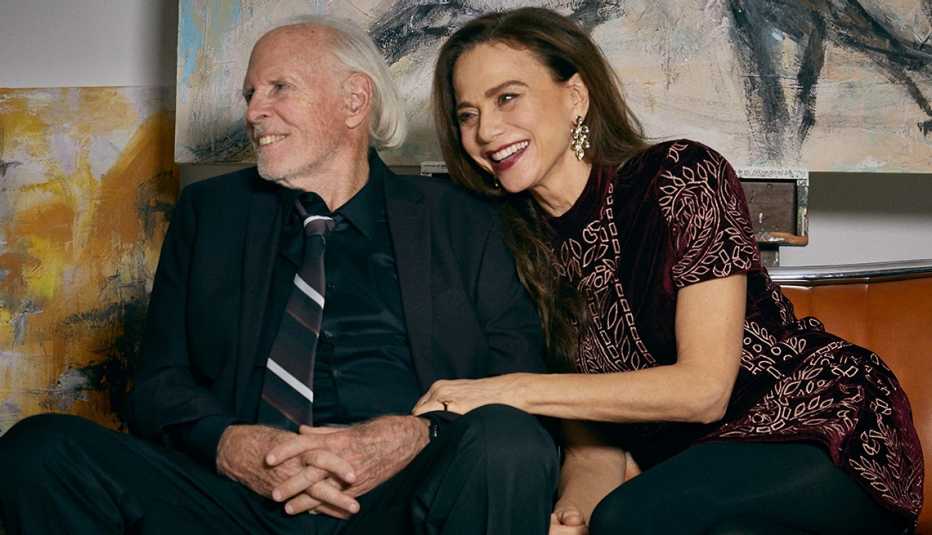Staying Fit


Bruce Dern may well be Hollywood's leading actor in dramas about age-related dementia. While being too wide-ranging (and busy) to be typecast in such roles — since turning 80 in 2016, Dern has worked in 36 movies and shows — the actor has thoughtfully mined roles on both the patient and caregiver sides of dementia.
Consider that Dern got his first Emmy nomination at 75 playing a caregiver to someone with dementia on the HBO series Big Love. In 2013, he received his second Oscar nomination for his depiction of a man with dementia in Alexander Payne's Nebraska (2013). Last year, Dern played Charles Manson's dementia-affected landlord in Quentin Tarantino's Once Upon a Time ... in Hollywood (2019). And now in the prolific actor's new film, The Artist's Wife, he portrays a painter partly inspired by Alzheimer's patient Ray Dolby, whose sound systems are found in many U.S. theaters and in 7 billion other devices. (Ray was also the father of the movie's writer and director, Tom Dolby, who's no relation to the singer Thomas Dolby.)


AARP Membership— $12 for your first year when you sign up for Automatic Renewal
Get instant access to members-only products and hundreds of discounts, a free second membership, and a subscription to AARP the Magazine.
Like the celebrated inventor Dolby, Dern's character is a genius losing touch with his gift. “He has something to say but can't remember the ABCs of painting,” Dern says. The film shows how personality and relationships, as well as art, can persist in the disease's early phases. “Are they aware of what they forget?” Dern asks. “Or are they made aware by the people around them? I can't imagine what that would be like. It would be devastating. It would be like me forgetting how to act."
Authentic and just a little unpredictable
Dern thinks he's good for such parts because of a life-changing 1961 conversation he had with his mentor, director Elia Kazan (On the Waterfront). “Mr. Kazan told me, ‘No one's ever going to know who you are until your 60s.’ I was 25. ‘Because you're not a conventional leading man. You're gonna be the fifth cowboy from the right for about 30 to 40 years. Just be the most unique third cowboy from the right any godd--- person has ever seen!'"


"And that was why I stopped rehearsing.” Instead of rehearsing lines, he began making his characters unique by going off script and improvising lines, scenes that pal Jack Nicholson called “doing Dernsies.” He says Brad Pitt liked the “Dernsy” dialogue Dern improvised for his Alzheimer's-afflicted character better than what director Quentin Tarantino had written, because it made him sound more like a person behaving spontaneously.
In The Artist's Wife, which is about a famous painter (Dern) and his wife (Oscar nominee Lena Olin), who struggles to find her own identity while helping him hold onto his, Olin says such “Dernsies” were the key to their performance together. “Bruce goes for the authenticity — he demands that you just have to work the way he does, unplanned. You really don't know what's going to happen. With his memory issues, his character is somebody who must live in the moment."

































































More on Entertainment
A Moving Documentary About the Search for an Alzheimer's Cure
'Turning Point' shines light on drug researchers' determination
Primary Care Physicians Worried About Adequacy of Dementia Care
In comprehensive report, more than half say there aren't enough specialists; unpaid caregivers also report strain